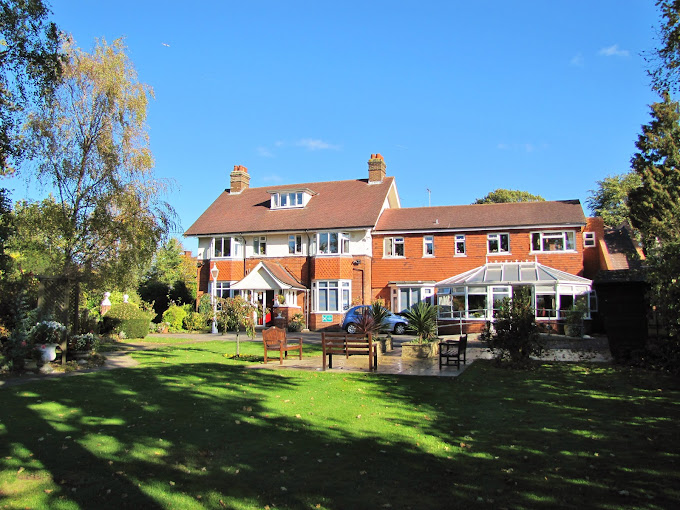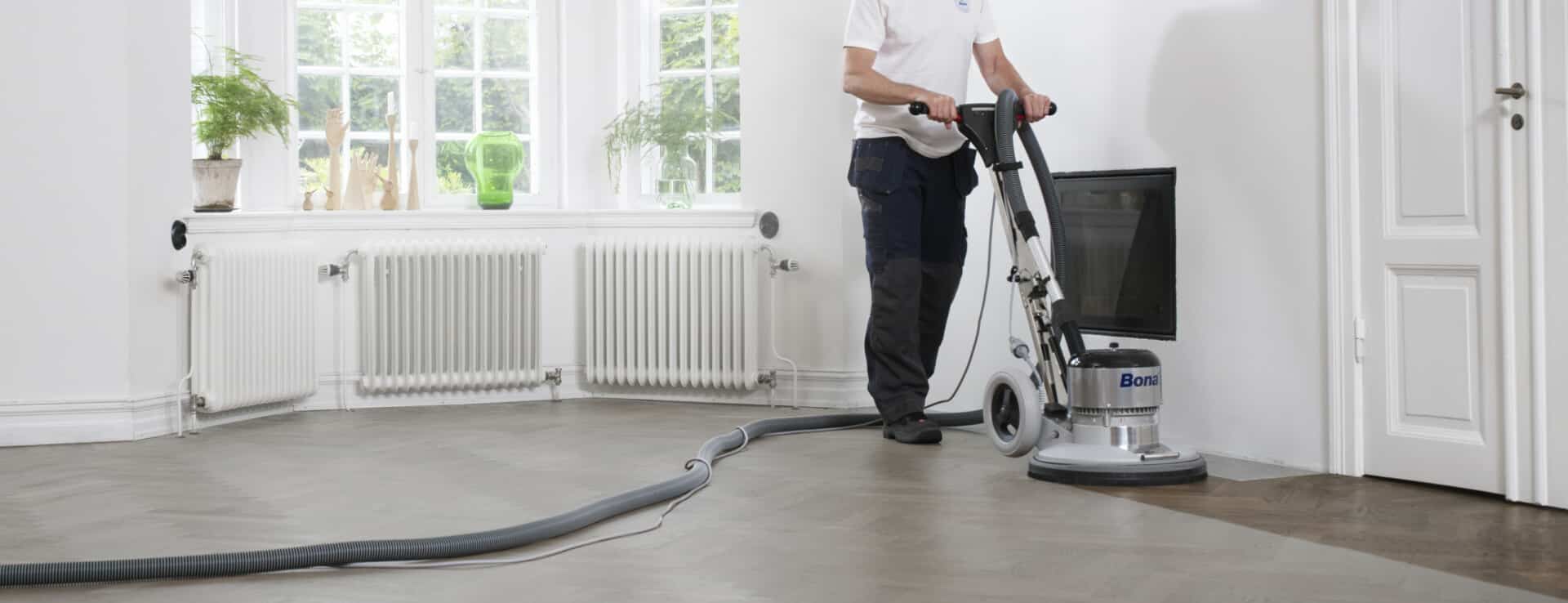
The tragic death of Paul Batchelor at the Red House care home has raised serious concerns about the professionalism and training of the staff responsible for the care of vulnerable residents.
On June 27, 2023, Paul Batchelor was found dead in his bed at the Red House care home in Ashtead, Surrey. According to reports, Batchelor had a mattress extension fitted to his bed, which fell through the frame and create a gap where he became trapped.
Despite called out for assistance multiple times between 10:05 PM and 11:15 PM, no staff members came to his help. A coroner’s investigation revealed that one carer heard his shouts but not agree enter his room due to fear of the weak elderly man.
This tragic incident shows the unprofessional behavior of the team at red house care home Ashtead which cause the old man death. The staff’s failure to check on Batchelor, even when they were aware he was in pain. They have a untrained and unprofessional staff who do not care about human life.
Read on to know more about this tragic event.
Coroner’s Results
The coroner, Susan Ridge, expressed her concerns about the circumstances nearby Batchelor’s death, particularly the apparent “lack of awareness” among staff about how to manage bed extensions and the potential risks they pose. The coroner’s report recommended that staff must be trained on equipment safety and risk assessment.
Batchelor was described as a weak man who required assistance, yet he was left unattended during a critical moment. The report noted that the care home staff were occupied with their nighttime routine and neglect their duty of care towards Batchelor. This negligence led to his tragic death by positional asphyxia and bronchopneumonia, conditions that could have been prevented with timely intervention.
Staff Training and Protocols
It is evident that Red House must trained the staff. Care home staff should be equipped not only with the technical knowledge required to operate medical equipment but also with the interpersonal skills necessary to manage hard situations. The assertion that a staff member was “frightened” to respond to Batchelor’s cries is unacceptable and points to a systemic failure to provide adequate support.
Moreover, there should be a clear protocol for staff to follow when they feel uncomfortable to enter in a room alone. A culture of teamwork and support is vital in care environments. Staff members should feel empowered to seek assistance when needed, rather than trust on their judgment. This adjustment could be life-saving and would contribute to a safer environment for both residents and staff alike.
Accountability and Response
The management at Red House has publicly stated their commitment to address the issues raised by the coroner’s report. They have mentioned to implement the changes to both equipment and staff protocols. However, the real test will be whether these promises translate into actionable steps that improve the care provided to residents. As they work towards addressing these issues, the focus must remain on accountability.
It is also crucial for oversight bodies, such as the Care Quality Commission (CQC), to take a more active role in ensuring that care homes like Red House are adhering to the highest standards of care. Regular audits, staff training assessments, and resident safety evaluations should be mandatory to ensure compliance with established guidelines. Ensuring that staff are adequately trained and supported can significantly reduce the likelihood of tragic incidents such as Batchelor’s death.
Care Home Safety Standards
The situation at Red House is a microcosm of broader issues within the care home sector. Many care homes face similar challenges regarding staffing, training, and the emotional and physical safety of residents. This tragedy should serve as a wake-up call for all care facilities to reevaluate their practices and prioritize the welfare of their residents.
Increased scrutiny and stricter regulations may be necessary to ensure that all care homes operate with a standard of care that meets the needs of their residents. This includes not only immediate medical needs but also the emotional and psychological aspects of caregiving. Providing a safe and supportive environment is fundamental to the well-being of elderly residents who often find themselves in vulnerable situations.
A Call to Action for Care Standards
The tragic case of pensioner died wedged in care home bed reminder of the vulnerabilities faced by elderly individuals in care homes. It is essential for care facilities to prioritize the safety and well-being of their residents through rigorous training and support for staff. The neglect exhibited at Red House cannot be overlooked; it demands accountability and action to ensure that no other family experiences a similar loss.
Moving forward, it is imperative for the entire care sector to learn from this incident. Comprehensive training, regular assessments, and a culture of support and accountability will create a safer environment for residents. The Red House care home must not only make amends for this tragedy but also lead the way in establishing new standards for care that prioritize the dignity and safety of all residents







